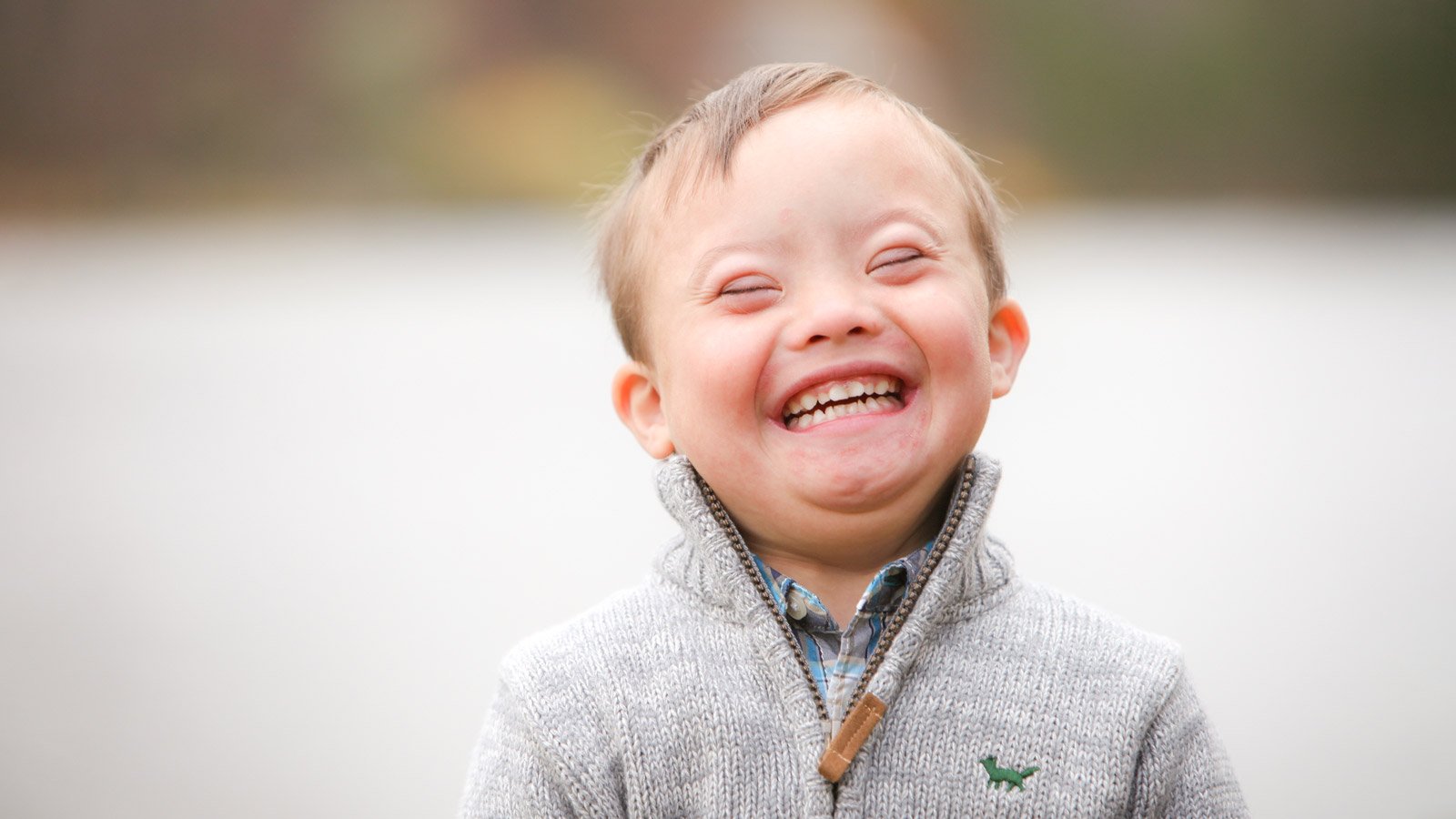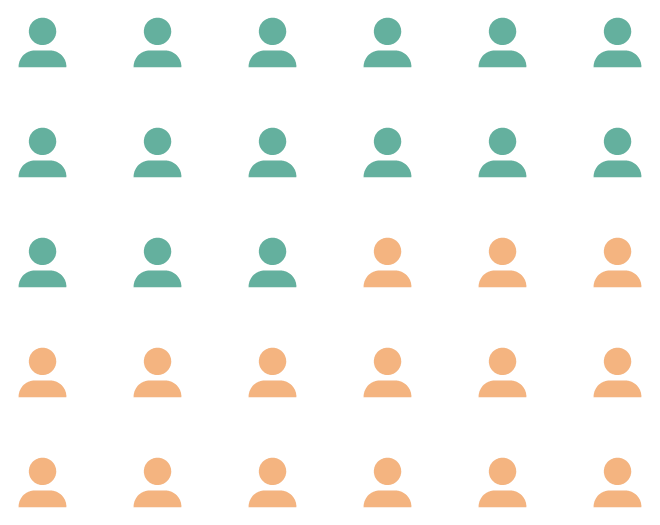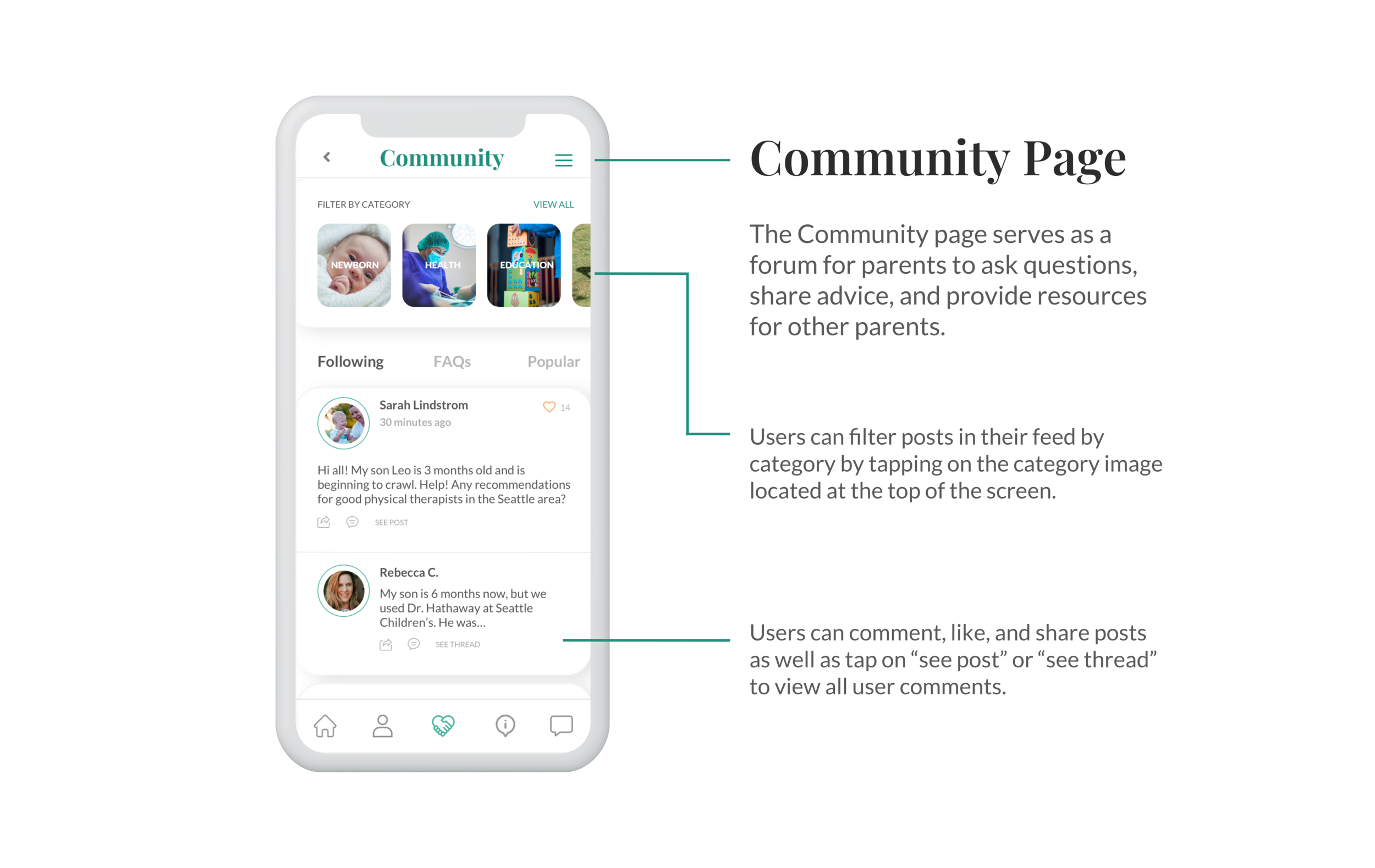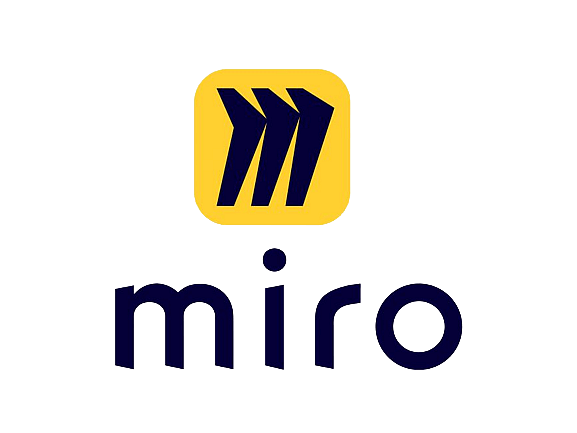
Kindred mobile app
-
Isabella Dahl / UX Designer
I created initial concept, led research, created brand guidelines, crafted brand illustrations, and developed the UX and UI of the Kindred app.
-
2020
-
9 Months
-
Sketch, Miro, Zoom, Invision
PROJECT OVERVIEWKindred is an app for family members and caregivers of individuals with Down Syndrome to connect and access resources. Kindred taps into local and national resources to provide parents and caregivers with information about medical resources, local social organizations, and government support.
After a personal experience during the COVID Pandemic opened my eyes to the lack of resources available to parents and caregivers of individuals with Down Syndrome, I designed the Kindred mobile app. I started with comprehensive research to learn about Trisomy 21 and to help identify the areas where I could improve the experience of caring for a child or individual with Down Syndrome. I crafted the design vision in Sketch, built interactive prototypes, and lead product evangelism efforts. As a part of my research, I audited competitors in the space and strategized on how to best market Kindred to stand out as the best choice for parents.
To create an app for family members, parents, and caregivers of individuals with Down syndrome to connect and access resources. Designed specifically for members of the Down syndrome community, Kindred is a safe space for those who are looking to share advice, create meaningful connections, and grow their community.
How might we design an experience that allows accessible ways for users to navigate available resources and connect with a larger network of parents and caregivers of individuals with Down syndrome?
The Opportunity
What were the goals?
-
Building a supportive online community can combat feelings of isolation and provide valuable emotional support.
-
Easy access to resources will equip users with the knowledge they need to advocate for their loved ones and make informed decisions.
-
The app will eliminate the need for extensive online searches, providing a centralized hub for all things related to Down syndrome care.

About 50% of all babies born with Down syndrome are also born with a congenital heart defect.
Compared to children without Down syndrome, children with Down syndrome are at higher risk for many other health concerns like hearing loss, sight issues, anemia, hyperthyroidism, and sleep apnea.
Parents and caregivers of individuals with Down syndrome face an incredibly difficult future as many of these conditions require surgery and constant healthcare monitoring as the child develops. Not only can this healthcare be extremely expensive, but it can often require medical specialists that are difficult to find.

The Challenge
Families and caregivers of individuals with Down syndrome have a constant struggle to access and locate resources. Especially in rural areas and small towns, finding a community or support group for a child or individual with Down Syndrome can be difficult, if not impossible.
Often the most beneficial support and information parents can receive is from other parents of children with Trisomy 21.
How might we create community support and easier access to resources for families and caregivers of individuals with Down syndrome?
Key Features
Tools
As we were still in the midst of a global pandemic, I relied heavily on tools like Zoom and Miro to help me connect with parents and caregivers of Down syndrome virtually.
Miro was instrumental in helping me organize information and feedback from user interviews, while Zoom made it possible to meet “face-to-face” with interview participants to learn about their journeys.

Research
QUALITATIVE INTERVIEWSI conducted 6 interviews with parents of individuals with Down syndrome to understand the challenges and needs behind caregiving for an individual with Trisomy 21.
Completing the interview process allowed me to validate my design thinking moving forward. It also gave me perspective and insight as to the most prominent needs for this app.
USER PERSONALisa persona serves as a cumulation of all the research I synthesized. I made a user persona in order to help me relate to the experience of raising a child with Down syndrome, and the challenges that come with it. Lisa’s story will allow me to map out her experience in order to pinpoint design opportunities later on.
Competitive Analysis
I spent some time looking at direct competitors to understand how they organize and present information to their users. While I found one app for parents to connect, it was non-specific to Down syndrome. Special needs vary dramatically not only between diagnosis, but also case-by-case. My analysis made me realize there is a huge need for a Down Syndrome specific app within the special needs community.
Participatory Design
I invited each user interview participant into the design process as a means of better understanding and meeting their needs. I wanted to make sure that I my design decisions truly helped solve the challenges parents and caregivers face in the real world.
Design Explorations: Style
Design Explorations: Color
Outcome
REFLECTIONThis project was so incredibly rewarding for me. Being able to speak with members of the Down Syndrome community, hear their stories, and design ways to solve their challenges made all of the hard work worth it.
MOTIVATIONSMy best friend from childhood has a younger brother with Trisomy 21. During COVID-19, he has struggled, like many of us, with feelings of isolation, stress, and anxiety. After realizing what a huge lack of resources there are for parents and individuals with Down Syndrome, I was motivated to solve the problem in front of me.
NEXT STEPSIn the future, I aim to develop my designs into an app. I want Kindred to serve as a lifeline for caregivers and parents of individuals with Down syndrome. Kindred should connect them to a supportive community, offer a wealth of resources, and empower them with knowledge about medical care options and healthcare providers.




















